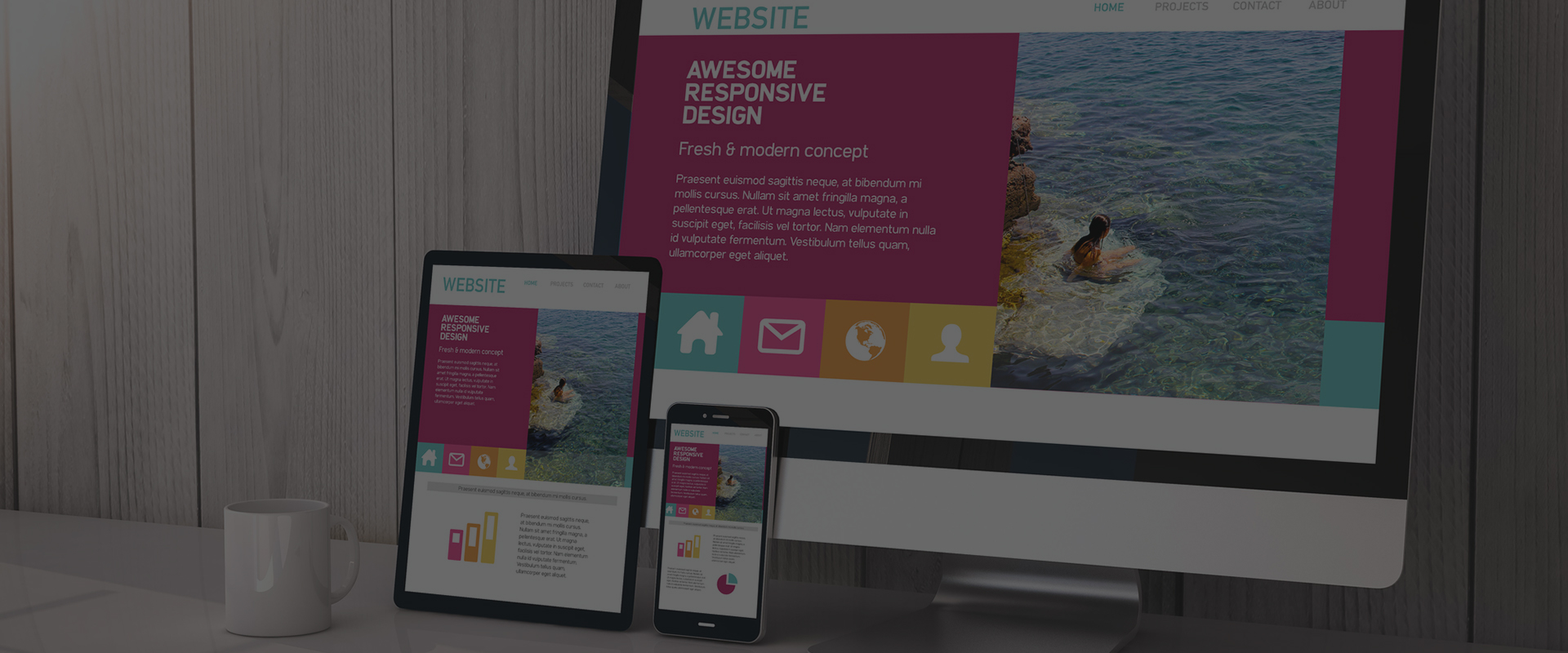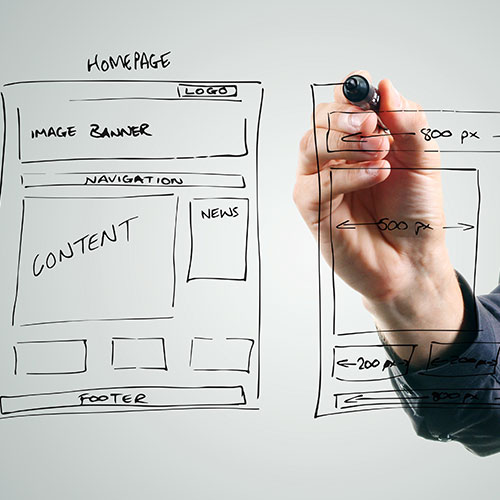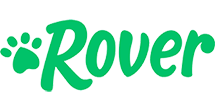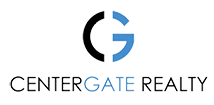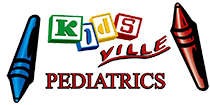Links
- Creative styles of home presentations
- Creative styles of home presentations
- Custom image title and creative font
- Custom image title and creative font
- Custom font style and contact forms
- Custom font style and contact forms
- Smooth parallax all around the web
- Smooth parallax all around the web
- Carefully crafted beautiful elements
- Carefully crafted beautiful elements


